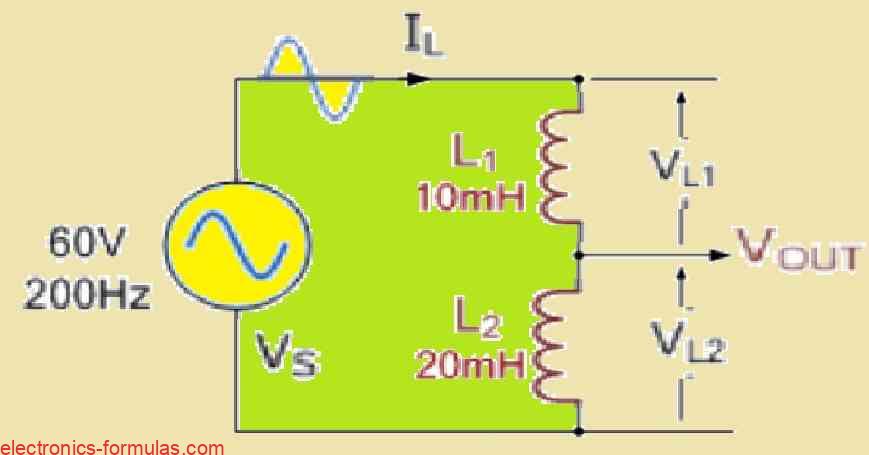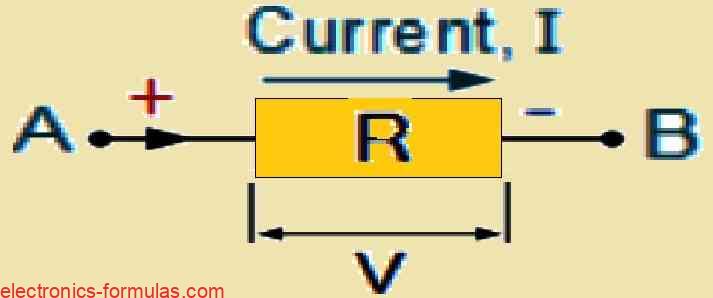Basically, circuits with parallel components serve as current dividers. Through these circuits, the supply’s total current is divided among many parallel pathways. A practical connectivity system is formed by all components sharing the same two connecting points. With this configuration, the current can flow through a variety of branches and routes. Interestingly, each component’s current […]
Understanding Inductive Voltage Divider Circuits with Formulas
In many electrical circuits, inductive voltage dividers serve an important function in dividing an alternating current voltage source into smaller, more controllable voltages. The inductors in these circuits function by continuously resisting fluctuations in current. Inductors’ ability to effectively split voltage comes from this feature. We can build an inductive voltage divider in different ways. […]
Understanding Capacitive Voltage Divider Circuits with Formulas
Capacitive voltage dividers are circuits, which employ capacitors in series with an alternating current (AC) power supply to produce a voltage drop across each capacitor. The most common use for these circuits is, to safely decrease extremely high voltages for measurements or protection. High frequency capacitive voltage dividers are increasingly being used in touchscreens and […]
Understanding Resistive Voltage Divider Circuits through Calculations
Circuits that consist of voltage dividers allow many voltage levels to be generated from a single voltage source. This source may be a voltage of +5V, +12V, -5V, or -12V, or it may be a negative voltage with respect to ground (0V). A dual supply, consisting of positive and negative voltages such as ±5V or […]
Understanding Kirchhoff’s Voltage Law with Calculations
The second of Gustav Kirchhoff’s essential rules that we may apply to circuit analysis is the voltage law. According to his voltage law, the algebraic total of all the voltages around any closed loop in a circuit is equal to zero for a closed loop series route. This is due to the fact that a […]
Understanding Kirchhoff’s Current Law with Calculations
In order to quantify current behavior, circuit analysis uses Kirchhoffs Current Law (KCL). The connecting point or junction, in an electrical or electronic circuit determines the relationship between currents according to this rule. At any circuit junction: Σ IOUT = Σ IIN The algebraic total of all currents entering the junction is represented by Σ IIN. […]





